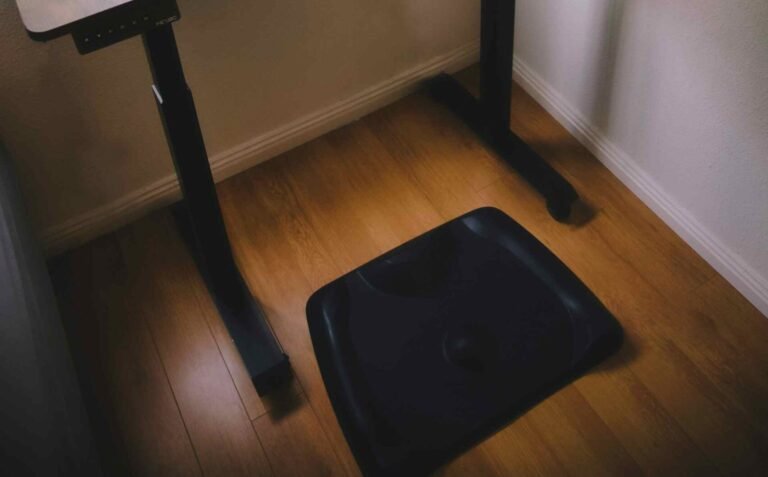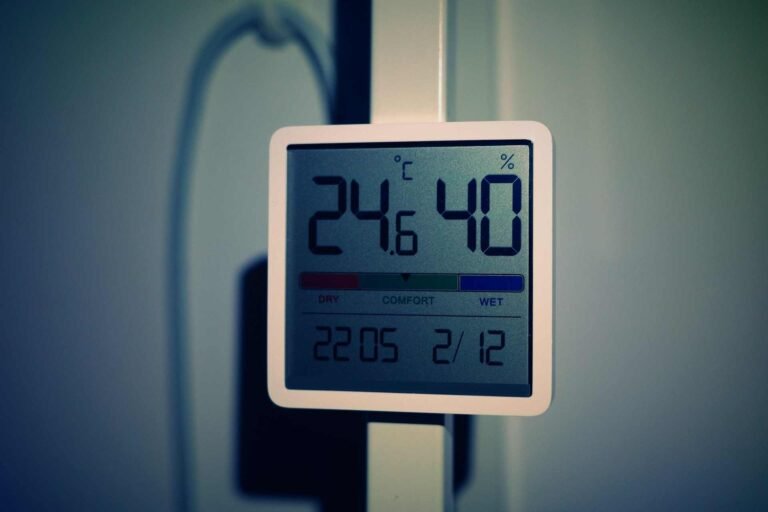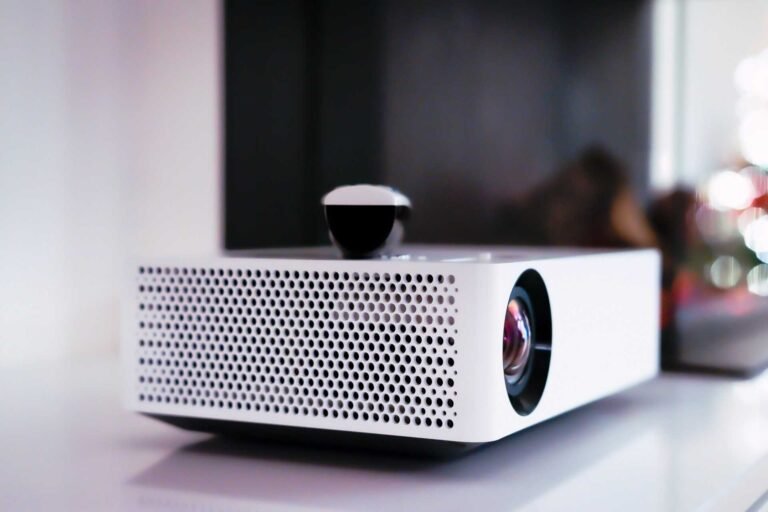Do Wrist Rests Help? A Guide to Keyboard and Mouse Support
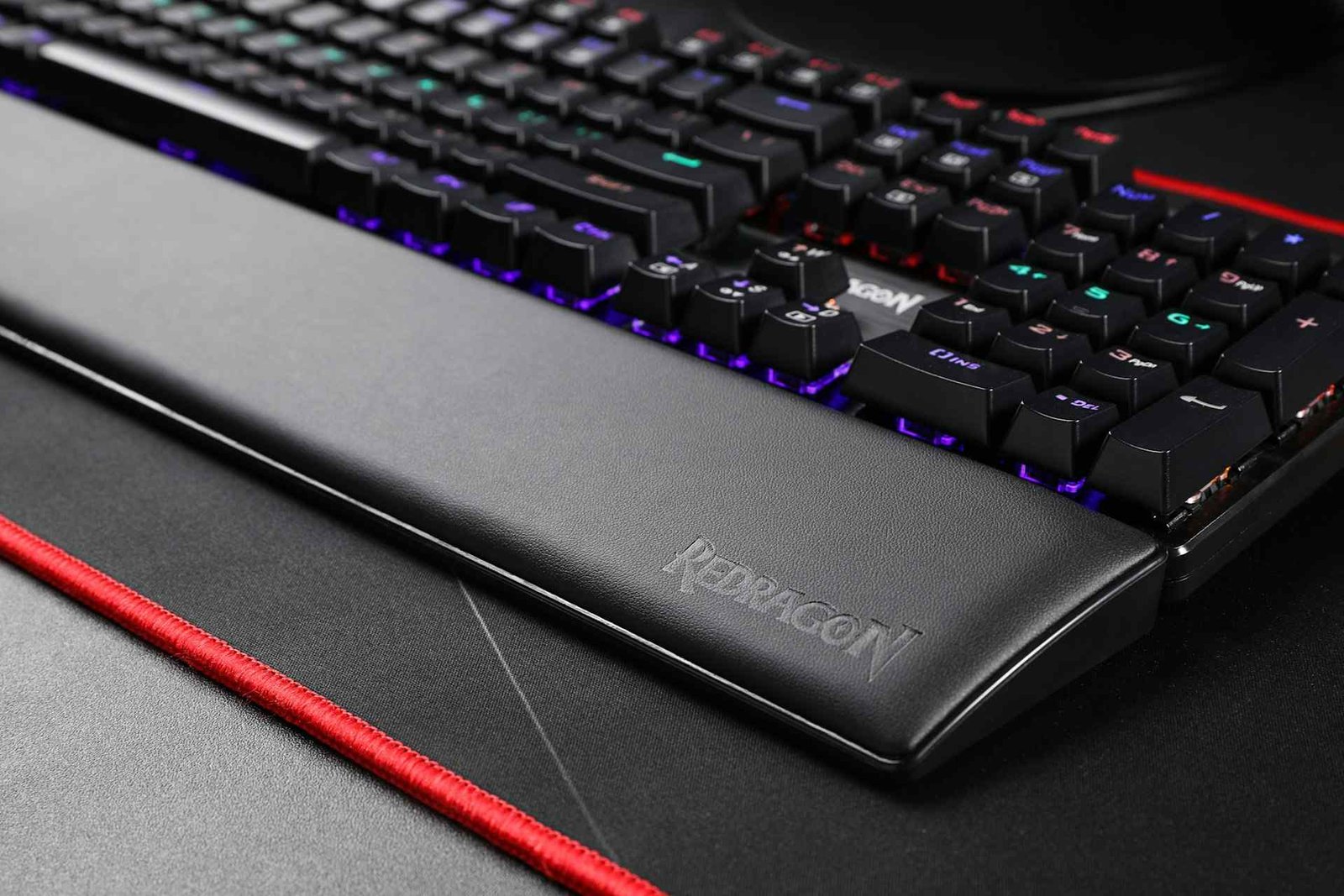
If you’ve ever found yourself rubbing your wrists after a marathon work session or gaming spree, you’ve probably wondered whether those cushiony wrist rests scattered across office supply stores actually do anything worthwhile. We’ve all been there, staring at our setup thinking, “Maybe it’s time to treat my wrists better than I treat my old college furniture.”
The short answer? Wrist rests can absolutely help, but like that one friend who gives great advice but terrible directions, the devil is in the details. Whether you’re battling the daily grind of spreadsheets or embarking on epic gaming quests, understanding when and how wrist rests work can make the difference between comfortable productivity and that nagging ache that follows you home.
Let’s dive into the world of wrist support and figure out whether these foam companions deserve a spot on your desk or should stay on the store shelf.
The Science Behind Wrist Support
When we talk about whether wrist rests help, we need to understand what’s happening to our wrists during those long typing sessions. Our hands naturally want to rest in a neutral position, but most keyboard and mouse setups force our wrists into awkward angles that can strain tendons and compress nerves.
The magic happens when a proper wrist rest keeps your hands aligned with your forearms, reducing the bend at your wrist joint. Think of it like giving your wrists a comfortable pillow instead of making them balance on a tightrope all day. This neutral positioning helps prevent repetitive strain injuries and can significantly reduce fatigue during extended computer use.
However, the key word here is “proper.” Not all wrist rests are created equal, and using them incorrectly can sometimes cause more harm than good. The goal isn’t to create a permanent resting place for your wrists, but rather to provide gentle support during brief pauses in typing or mousing.
Do Keyboard Wrist Rests Help With Daily Computing?
Keyboard wrist rests shine brightest during those inevitable breaks between typing bursts. When you’re pausing to think, read, or take a sip of coffee, a good wrist rest provides a comfortable landing spot that maintains proper alignment.
The benefits become most apparent for people who spend significant time at their computers. Memory foam wrist supports can conform to your wrist’s natural curve, distributing pressure evenly and reducing contact stress with hard desk surfaces. This is particularly valuable for anyone dealing with existing wrist discomfort or those looking to prevent future issues.
What makes keyboard wrist rests effective is their ability to fill the gap between your desk and keyboard height. Modern keyboards, especially mechanical ones, can sit quite high off the desk surface, creating an uncomfortable upward angle for your wrists. A well-placed rest bridges this gap, allowing your hands to float naturally over the keys.
That said, the “wrist rest vs no wrist rest” debate isn’t entirely one-sided. Some ergonomic experts argue that the best wrist position is actually floating above any support, with wrists moving freely during typing. The trick is finding the right balance for your specific setup and work habits.
The Truth About Mouse Wrist Rests and Precision
Mouse wrist rests operate on slightly different principles than their keyboard counterparts. Since mouse movement requires more dynamic motion, ergonomic mouse pads with wrist support need to balance stability with freedom of movement.
A quality mouse wrist rest helps maintain consistent hand positioning, which can actually improve cursor precision over time. When your wrist has a stable base of support, micro-movements become more controlled, leading to better accuracy in detailed work like photo editing or CAD design.
The gel memory foam construction found in many modern mouse rests provides just enough give to accommodate natural hand movements while maintaining support. This material choice addresses one of the main concerns with older, rigid wrist rests that could restrict natural motion patterns.
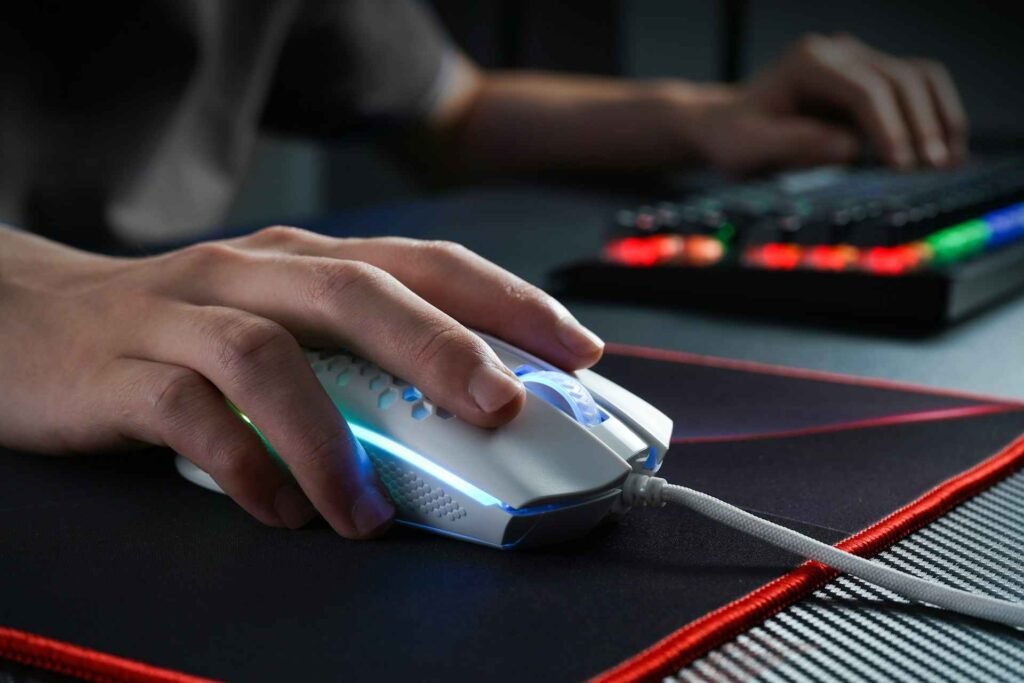
For gamers, the question of whether mouse wrist rests help becomes even more nuanced. Fast-paced gaming often requires quick, sweeping mouse movements that could conflict with a stationary wrist rest. However, strategy games or precision-focused titles can benefit significantly from the stability these accessories provide.
Comparing Materials and Construction Quality
The material composition of wrist rests plays a huge role in their effectiveness and longevity. Memory foam with lycra covers offers superior comfort and breathability compared to basic foam alternatives, though they typically come at a higher price point.
| Material Type | Comfort Level | Durability | Breathability |
|---|---|---|---|
| Basic Foam | Good | Fair | Poor |
| Memory Foam | Excellent | Good | Good |
| Gel Memory Foam | Excellent | Very Good | Excellent |
| Silicone/Gel | Good | Excellent | Fair |
Non-slip silicone bases have become standard in quality wrist rests, solving the age-old problem of accessories sliding around during use. This stability factor is more important than many people realize, as a shifting wrist rest can actually increase strain by forcing constant readjustment.
The surface fabric choice impacts both comfort and maintenance. Smooth lycra fabrics resist staining and are easy to clean, while textured surfaces might provide better grip but can be harder to maintain over time. Some manufacturers now incorporate massage-pattern designs that claim to promote blood circulation, though the jury’s still out on whether these patterns provide measurable benefits beyond psychological comfort.
When Wrist Rests Work Best (And When They Don’t)
Wrist rests aren’t a universal solution, and understanding when they’re most beneficial can save you from disappointment. They work exceptionally well for people who take frequent short breaks during typing, use their computers for extended periods, or have existing wrist discomfort that interferes with productivity.
The “are wrist rests worth it” question depends heavily on your specific situation. If you’re a hunt-and-peck typist who uses the computer occasionally, the investment might not pay off. However, for anyone spending more than a few hours daily at a keyboard, the comfort and potential injury prevention benefits usually justify the cost.
Wrist rests tend to be less effective for people with very specific ergonomic needs that require custom solutions, or those whose workstations have significant height mismatches that a simple wrist rest can’t address. Sometimes, adjustable monitor arms and keyboard trays provide more comprehensive ergonomic improvements than wrist supports alone.

Certain work styles also influence effectiveness. Writers who type in long, continuous sessions might find that wrist rests become more of a distraction than a help, as the ideal typing technique involves floating wrists. Conversely, data entry professionals who frequently pause between entries often find wrist rests invaluable.
Setting Up Your Workspace for Maximum Comfort
Proper wrist rest placement is crucial for getting the benefits you’re paying for. The rest should sit flush with your keyboard’s front edge, creating a seamless transition from support to keys. If there’s a gap, you’re likely to develop an uncomfortable bend in your wrists that defeats the entire purpose.
Height matching matters more than most people realize. Your wrist rest should bring your hands to the same level as your keyboard’s home row, not higher. Thick memory foam designs work well with taller mechanical keyboards, while lower-profile options suit laptop keyboards better.
The relationship between desk lighting and wrist comfort might seem unrelated, but proper illumination reduces the tendency to lean forward and crane your neck, which can indirectly affect wrist positioning. When you’re sitting up straight with good posture, wrist rests become more effective at maintaining neutral hand positions.
Consider your overall workspace organization when adding wrist rests. A cluttered desk can force awkward reaching motions that negate the benefits of proper wrist support. Sometimes, cable management solutions can free up desk space and create a more ergonomic environment overall.
Maintenance and Longevity Considerations
Quality wrist rests are an investment that requires proper care to maintain their supportive properties. Memory foam construction will eventually compress and lose its shape, but high-quality versions can maintain their effectiveness for several years with proper use.
Regular cleaning extends both hygiene and lifespan. Most modern wrist rests feature water-resistant fabrics that can be wiped down with damp cloths, though some may require more careful maintenance to preserve their texture and appearance.
The non-slip base materials gradually lose their grip over time, especially if exposed to dust or oils from hands. Periodic cleaning of the base with mild soap can restore much of the original traction, keeping your wrist rest stable during use.
Replacement timing varies based on usage intensity and material quality. Light users might get five years or more from a premium wrist rest, while heavy users in demanding environments might need replacement every two to three years. Signs it’s time for a new one include permanent compression, fabric wear, or loss of base stability.
Budget Considerations and Value Analysis
The wrist rest market spans from budget options under $10 to premium sets exceeding $30, with most quality options falling in the $10-30 range. Complete keyboard and mouse sets often provide better value than purchasing individual pieces, especially when you need matching aesthetics.
When evaluating whether wrist rests are worth the investment, consider the cost against potential medical expenses or lost productivity from wrist discomfort. A $20 wrist rest that prevents repetitive strain injuries easily pays for itself compared to ergonomic therapy or workplace injury costs.
Premium memory foam models command higher prices but often include better warranties and more durable construction. For heavy computer users, the additional cost typically translates to better long-term value through improved comfort and longer replacement cycles.
Budget options can be perfectly adequate for casual users or those wanting to try wrist rests before committing to premium models. However, extremely cheap versions might lack the durability and comfort features that make wrist rests worthwhile investments.
Common Mistakes and How to Avoid Them
One of the biggest mistakes people make is treating wrist rests as permanent hand parking spots. Your wrists should hover over the rest during active typing, only making contact during natural pauses. Constant contact can actually increase pressure on sensitive areas and reduce typing efficiency.
Size mismatches cause more problems than many users realize. Standard 17-inch keyboard rests work well with full-size keyboards, but compact or ergonomic keyboards might require different dimensions for proper alignment. Taking measurements before purchasing prevents disappointing fits.
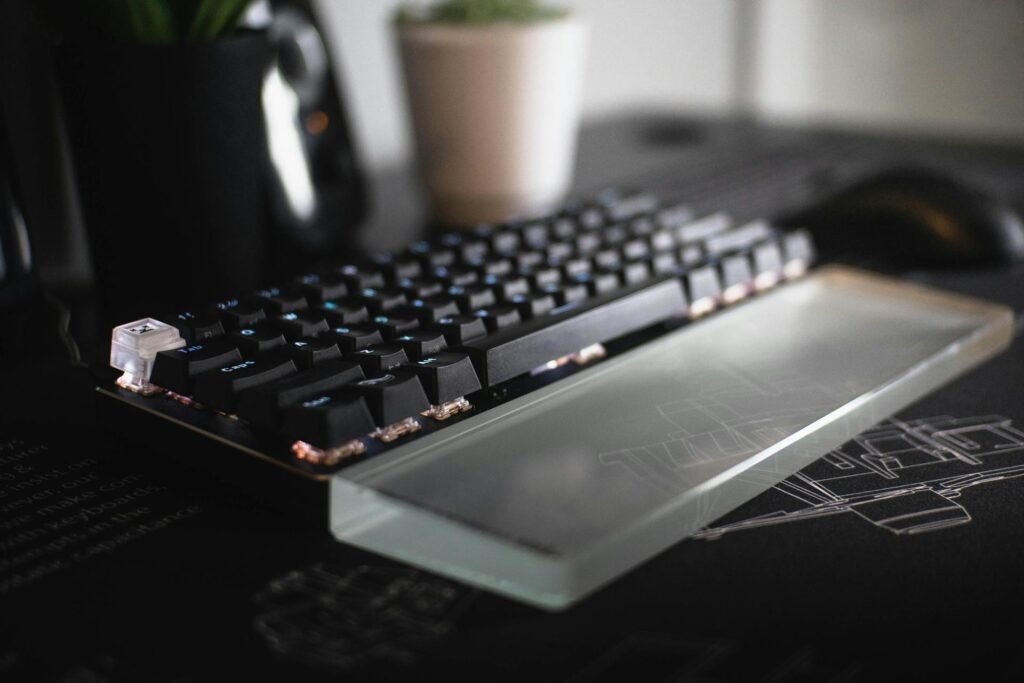
Placement errors are surprisingly common. The wrist rest should support the heel of your palm, not the actual wrist joint. Supporting the wrist itself can increase pressure on the carpal tunnel area, potentially worsening the problems you’re trying to solve.
Some users expect immediate dramatic improvements and abandon wrist rests quickly when they don’t feel instant relief. Like most ergonomic interventions, benefits often accumulate gradually as your body adapts to better positioning and reduced strain patterns.
Integration with Modern Workstation Technology
Today’s workstations often include multiple devices that can complicate wrist rest selection. Multi-device setups might require coordinated wrist support that accommodates switching between keyboards, tablets, and other input devices.
USB-powered desk accessories are increasingly common, and some wrist rests now incorporate features like heating elements or LED lighting. While these features might seem gimmicky, gentle warming can actually improve blood circulation and comfort during cold weather or air-conditioned environments.
The rise of wireless charging technology in desk accessories hasn’t yet reached wrist rests significantly, but some premium models include wireless charging pads for phones or earbuds, adding functionality to the support surface.
Standing desk converters and adjustable workstations can complicate wrist rest selection, as the optimal support changes with desk height. Some users find that investing in adjustable monitor arms provides more comprehensive ergonomic benefits than trying to match wrist rests to multiple desk configurations.
Frequently Asked Questions
Do wrist rests actually prevent carpal tunnel syndrome?
While wrist rests can help reduce strain and maintain better positioning, they’re not guaranteed prevention for carpal tunnel syndrome. They work best as part of a comprehensive ergonomic approach that includes proper posture, regular breaks, and appropriate workstation setup. Think of them as one tool in your comfort toolkit rather than a magic bullet.
Should I use a wrist rest while actively typing?
Your wrists should float above the rest during active typing, only making contact during natural pauses. The rest provides support for the heel of your palm, not the wrist joint itself. This approach maintains proper hand positioning while giving you a comfortable place to rest between typing bursts.
How do I know if my wrist rest is the right height?
The correct height allows your hands to remain straight and level with your keyboard’s home row. If your wrists bend upward or downward when resting on the pad, it’s either too high or too low. Your forearms should form a straight line with your hands when positioned correctly.
Can gaming benefit from mouse wrist rests?
Gaming benefits vary by game type and personal preference. Strategy games, simulation titles, and precision work often benefit from the stability a mouse rest provides. Fast-paced shooters or games requiring quick, sweeping motions might feel restricted by wrist support. Many gamers find success with adjustable gaming accessories that can be positioned as needed.
Do wrist pads help with existing wrist pain?
Wrist rests can help alleviate some discomfort by reducing pressure and improving positioning, but they’re not medical treatments. If you’re experiencing significant or persistent wrist pain, it’s important to consult with a healthcare professional for proper evaluation and treatment recommendations.
How often should wrist rests be replaced?
Quality wrist rests typically last 2-5 years depending on usage intensity and material quality. Signs it’s time for replacement include permanent compression of the padding, fabric wear, loss of non-slip base effectiveness, or when the rest no longer maintains its shape after use.
The Bottom Line: Making Wrist Rests Work for You
So, do wrist rests help? The answer is a resounding “yes” for most people, with the important caveat that success depends on choosing the right product for your needs and using it properly. They’re not miracle cures for poor workstation ergonomics, but they’re valuable components of a comfortable, sustainable workspace.
The key is approaching wrist rests as part of a broader comfort strategy rather than standalone solutions. When combined with proper monitor positioning, good lighting, regular movement breaks, and attention to overall posture, wrist rests can significantly improve your daily computing experience.
Whether you opt for a basic memory foam set or invest in premium gel construction, the most important factor is actually using them consistently and correctly. A $10 wrist rest that you use properly will serve you better than a $30 model that sits unused because it doesn’t fit your work style.
Remember, comfort is personal, and what works perfectly for your colleague might not suit your hands, desk setup, or work habits. Your wrists will thank you for taking the time to find the right support, and your future self will appreciate the investment in long-term comfort and health.
Looking for more? Check out our productivity tools category for more articles and guides that may interest you!
Featured image credit: Photo by Rebekah Yip on Unsplash
This content is for informational purposes only. Please verify current information directly on the retailer’s site before purchasing.

